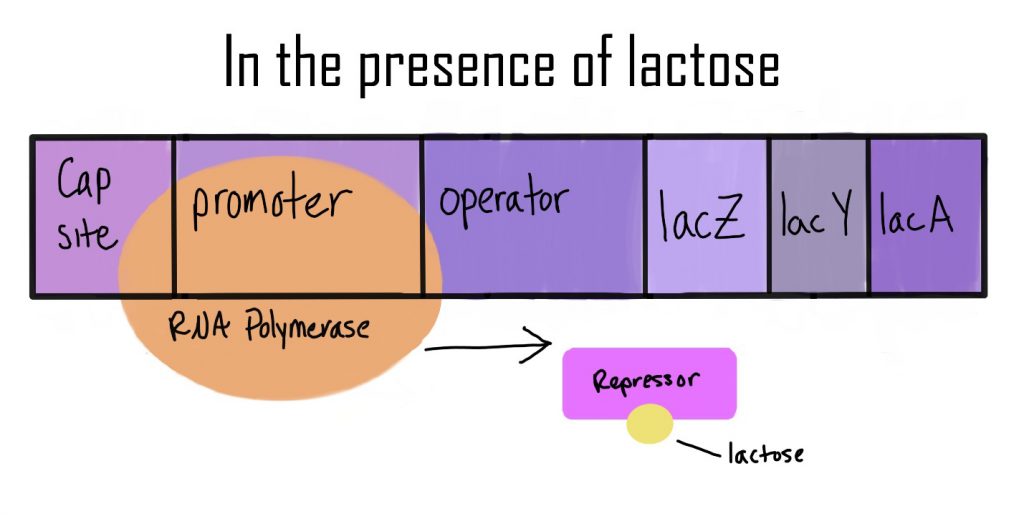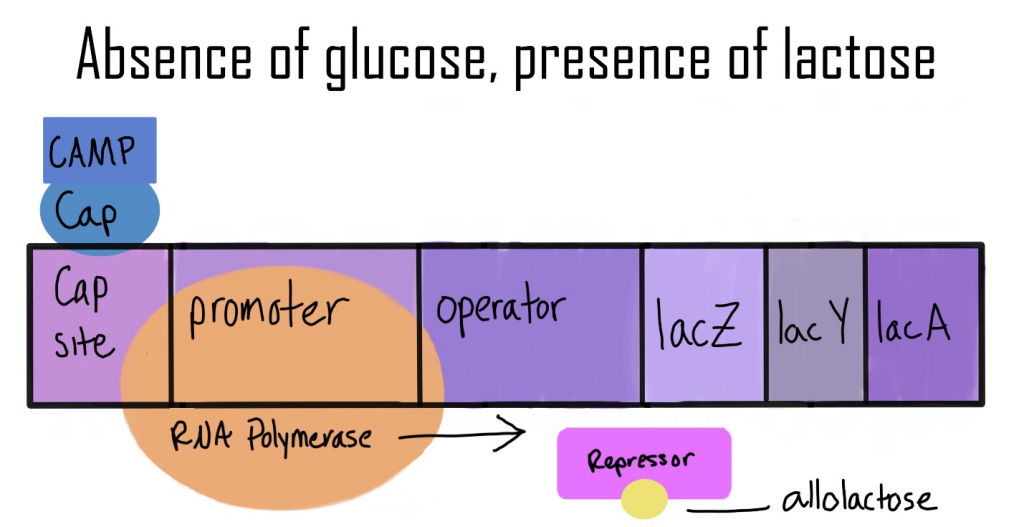Understand how to assess gene chromosome maps, BLAST for both nucleotide and protein analysis, and ExPASy to translate cDNA.
1. WHAT CHROMOSOME DID YOU CHOOSE?
Chromosome 6
2 & 3. STATE THE NUMBER OF GENES AND BASE PAIRS ON THE CHROMOSOME YOU CHOSE.
~1900 genes
~170 base pairs
4. LIST ONE GENE THAT IS LOCATED ON THIS CHROMOSOME.
EPM2A
5. STATE THE NORMAL FUNCTION OF THE GENE YOU LISTED IN #4.
Making the protein laforin that is critical for neuron survival
6. STATE THE POSSIBLE DISEASE(S) RELATED TO THIS GENE. (This should be possible by clicking on the gene you stated in #4.)
Epilepsy
7. WHAT IS GENBANK?
The NIH genetic sequence database containing all publicly available DNA sequences
8. WHAT IS THE TOP SEQUENCE DESCRIPTION MATCH FOR YOUR QUERY SEQUENCE? DO NOT CHOOSE THE PREDICTED SEQUENCE. For this answer, you should give the description listed.
Homo sapiens CF transmembrane conductance regulator (CFTR), RefSeqGene (LRG_663) on chromosome 7
9. WHAT DOES THE ENCODED PROTEIN DO IN THE BODY?
The encoded protein functions as a chloride channel, making it unique among members of this protein family, and controls ion and water secretion and absorption in epithelial tissues.
10. FOR WHAT DISEASE IS A MUTATED FORM OF THIS GENE RESPONSIBLE?
Mutations in this gene cause cystic fibrosis, the most common lethal genetic disorder in populations of Northern European descent.
11. ON WHAT CHROMOSOME IS THE GENE LOCATED?
Chromosome 7
12. Scroll to the first described sequence that does not have 100% Query Cover. WHAT ORGANISM IS THE SOURCE OF THIS DNA?
Olive baboon
13. HOW MANY GAPS OCCUR BETWEEN THE TWO SEQUENCES (THE ONE YOU SUBMITTED AND THE FIRST ONE THAT HAS < 100% QUERY COVER)?
2/198
14. WHAT IS A GAP IN SEQUENCE ALIGNMENTS?
When one or more amino acid residues have been deleted from the sequence (1.)
15. STATE WHAT THE FOLLOWING GENE IS: NC_045512.2
Severe acute respiratory syndrome coronavirus 2 isolate Wuhan-Hu-1, complete genome
16. SCROLL DOWN THE LIST BELOW THIS SEQUENCE. THERE ARE MANY SEQUENCES THAT LOOK SIMILAR. CAN YOU DETECT WHAT IS DIFFERENT ABOUT THE OTHER SEQUENCES?
The only difference I see is the accession numbers and the query coverage percentage.
17. WHAT IS cDNA?
Complementary DNA
18. USING THE SAME PROGRAM YOU USED IN THE INTRODUCTION TO BLAST ABOVE, WHAT IS THE SEQUENCE MATCH?
Human beta hemoglobin
19. HOW MANY 5’ TO 3’ FRAMES DID YOU OBTAIN?
3
20. BASED UPON THE LENGTH OF THE POLYPEPTIDE, WHICH FRAME(S) IS (ARE) MOST LIKELY THE CORRECT ONE?
Frame 3, ICF-HNCVH-QPQTDTMVHLTPEEKSAVTALWGKVNVDEVGGEALG
21. DO YOU SEE ANY DIFFERENCES BETWEEN THE TWO AMINO ACID SEQUENCES?
There is a difference at 380 and 783
22. WHY WOULD DIFFERENCES BE IMPORTANT AND POSSIBLY CLINICALLY USEFUL?
Differences in amino acids in these sequences could mean a difference in proteins and mutations or even species.
23. WHAT IS THE PROTEIN THAT YOU WERE ANALYZING?
Fibroblast growth factor receptor that is in both humans and chimpanzees
24-25. REFLECT ON ONE THING YOU ALREADY KNEW, AND ONE THING THAT YOU LEARNED FROM DOING THIS ASSIGNMENT.
Something I already knew was how severe a malignant mutation can be in a single chromosome. Something I did not realize was truly how close humans and various ape/monkey species are. I knew we were close, but just never thought about how close.
1. Sequence alignment: scores, gaps and gap penalties. https://proteinstructures.com/Sequence/Sequence/sequence-alignment.html



